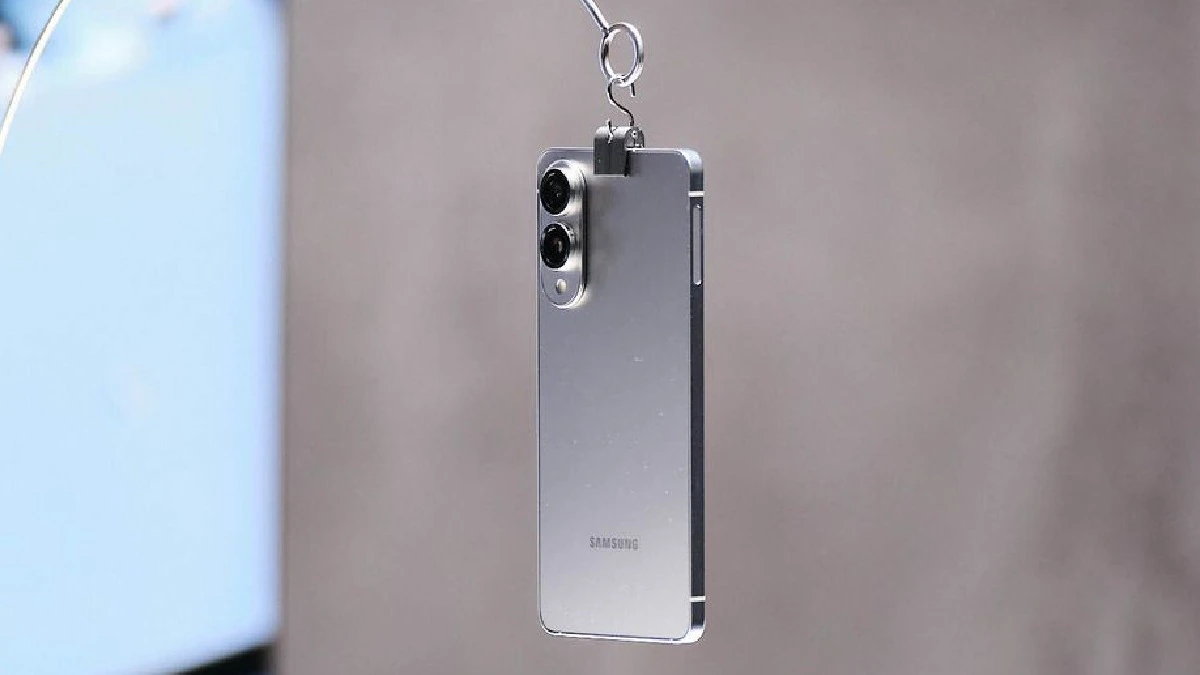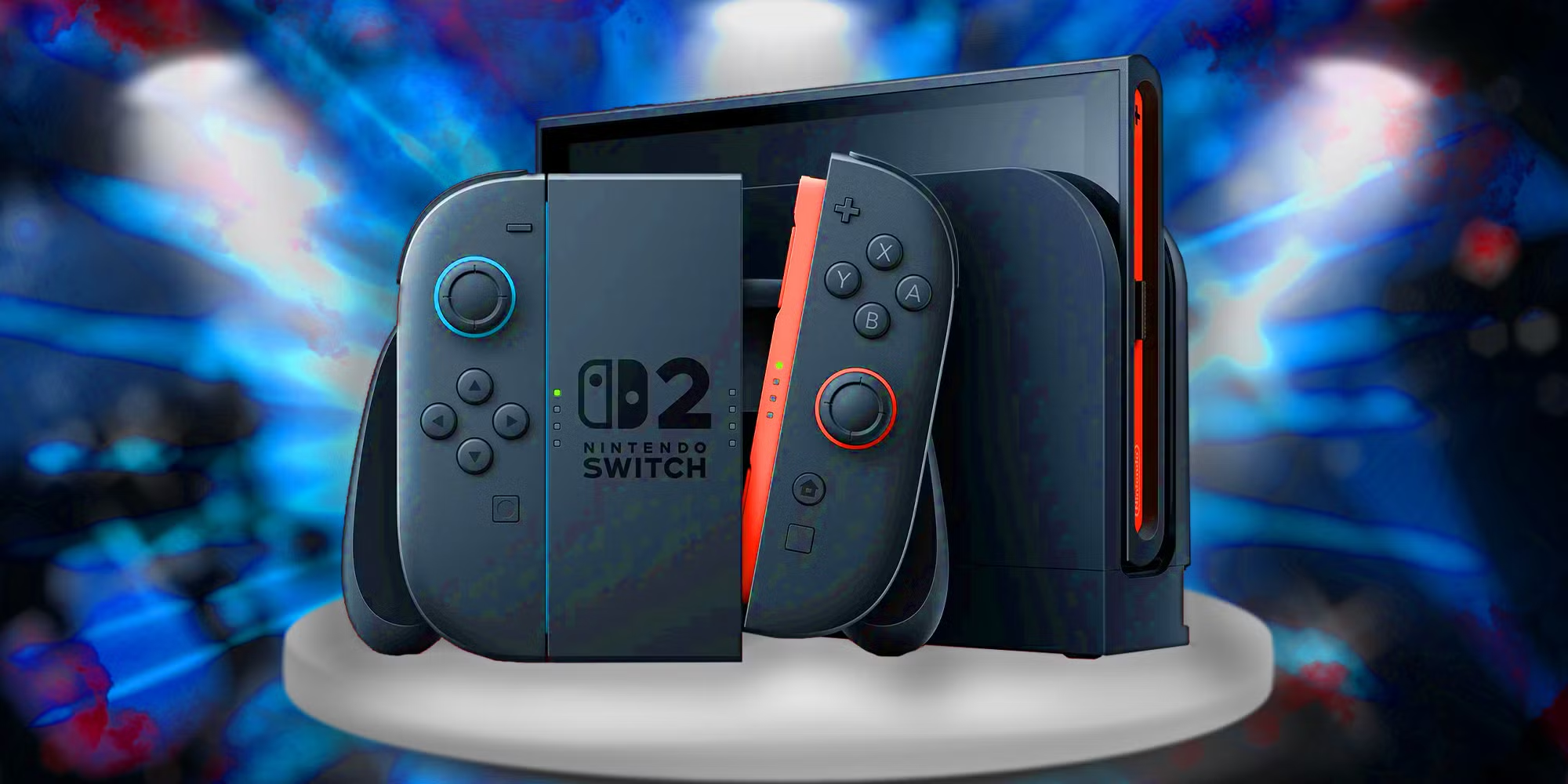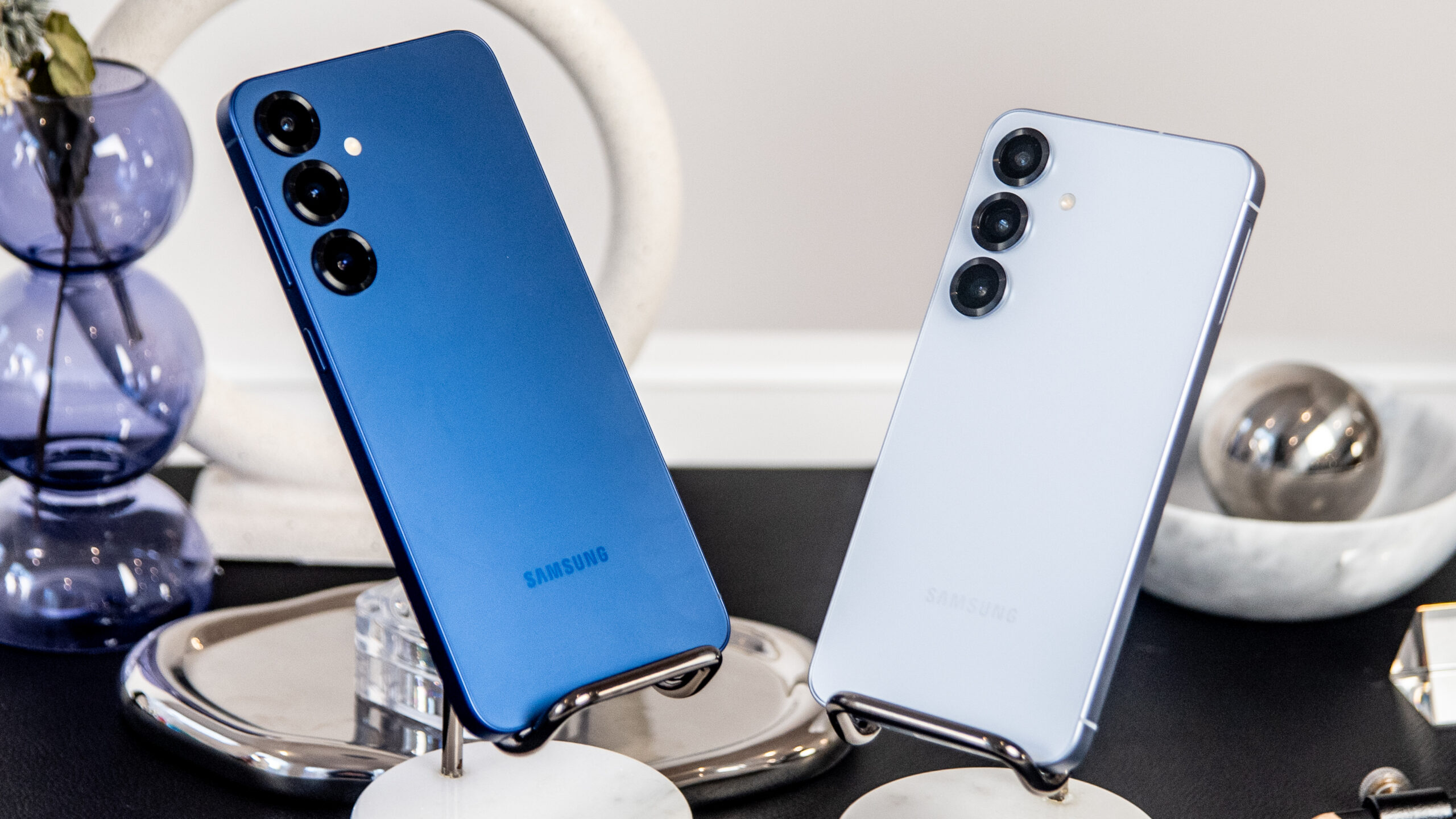Google’s foray into the tablet market with the Pixel Tablet has been met with mixed reactions, highlighting a potentially unclear strategy from the tech giant. Despite innovative attempts to integrate smart home functionalities, the tablet has faced criticism for its limited accessory options and underwhelming performance in certain areas. This article delves into the challenges and opportunities facing the Pixel Tablet.
A Mixed Reception
The Google Pixel Tablet, designed to integrate seamlessly with Google’s ecosystem and serve dual functionality as a smart home hub, has yet to convince the market of its utility. Critics point out the lack of essential accessories like a keyboard and stylus, which limits the device’s appeal for productivity tasks. While Google has made strides in integrating the tablet with home systems, users expecting a versatile productivity tool may find the offering incomplete.
Recent Developments and Market Response
Recently, Google hinted at a “relaunch” of the Pixel Tablet, potentially addressing some of the key feedback from its user base. This includes plans to introduce a keyboard and stylus, possibly enhancing the tablet’s appeal for productivity uses. Moreover, changes in pricing strategies suggest Google is attempting to make the device more accessible, removing the charging dock from the package to lower the price.
Technological Capabilities
The Pixel Tablet is built around Google’s Tensor G2 chip and aims to offer a seamless experience with entertainment and home automation. With features like a 11-inch display and Google’s clean software interface, the tablet positions itself as a competitor in the high-end tablet market. However, its performance has been noted as lagging behind other high-end tablets, particularly in terms of processing power and display quality.
Future Prospects
As Google plans enhancements and possibly a next-generation Pixel Tablet, the focus appears to be on overcoming the initial shortcomings. Upcoming models may feature improved hardware such as a better display and more powerful processors. The addition of a keyboard and stylus could also pivot the tablet’s use case towards productivity, aligning it more closely with market leaders like Apple and Samsung.
The Pixel Tablet’s journey reflects Google’s broader challenges and learning curves in hardware integration. By potentially relaunching the tablet with improved features and accessories, Google is signaling a commitment to refine its product offerings. The success of these changes will depend heavily on consumer reception and Google’s ability to market the tablet not just as a media device but as a versatile tool for productivity and home automation.
The next few months will be critical for Google as it navigates the competitive tablet landscape, striving to turn the Pixel Tablet into a success story. Whether these efforts will resonate with consumers remains to be seen.








Add Comment